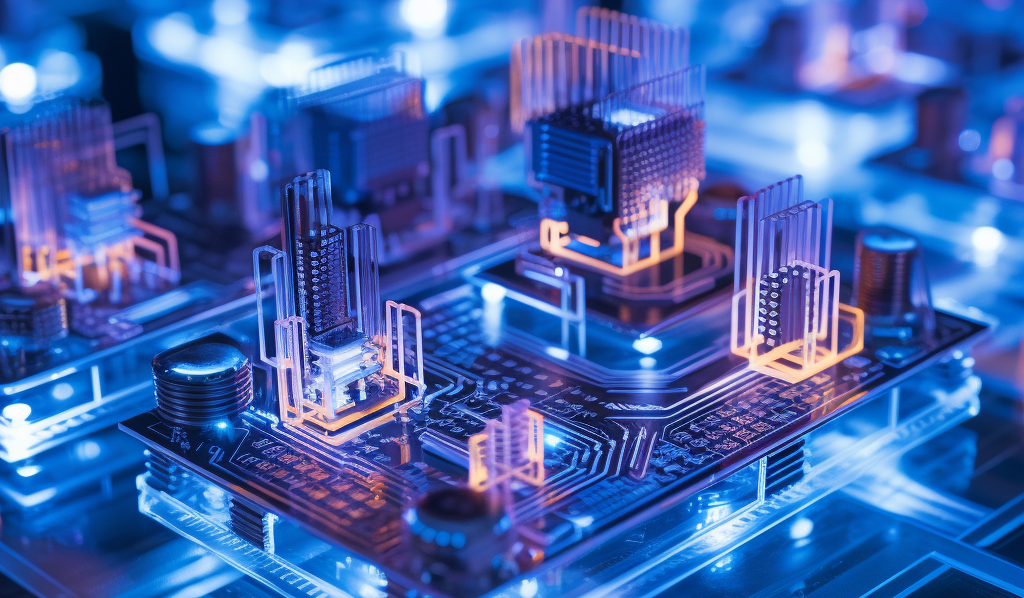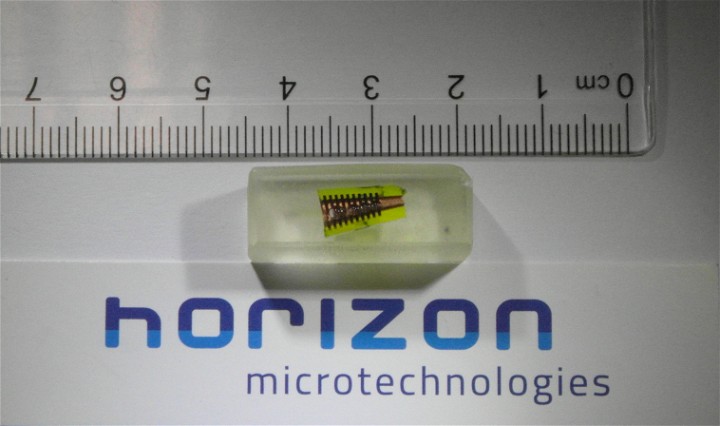The Advantages Of 3D Printed Electronics

The combination of 3D printing and electronics is changing fundamentally manufacturing and design, opening up new possibilities. This approach enables the creation of complex designs and unique shapes that were previously impossible with traditional methods. The benefits include greater design flexibility, improved product performance, and environmental sustainability. The purpose of this article is to provide insight into the concept of 3D printed electronics and examine their numerous benefits.
What Are 3d Printed Electronics?
The production of electronic components and devices using a 3D printer involves adding material layer by layer. Unlike conventional manufacturing techniques, which typically entail subtractive methods such as cutting and drilling, 3D printing constructs the object directly from a digital design. This method employs diverse materials like conductive polymers, metals, and nanomaterials to produce detailed electronic circuits and components.
Advantages of 3d Printed Electronics
Here are four advantages from many that we thought you might be interested in knowing.
- Customization and Flexibility: The technology provides exceptional customization options, allowing for the implementation of design modifications that are well-suited for unique and specialized electronic components. This adaptability is especially advantageous in industries such as medical technology, where customized devices are frequently needed.
- Reduced Waste and Environmental Impact: Traditional methods of electronic production frequently lead to excess material and wastage, which is then discarded. On the other hand, 3D printing offers a more sustainable approach by using only the necessary materials for component construction, thereby minimizing waste and reducing its environmental footprint.
- Integration of Multiple Functions: 3D printing allows for the integration of multiple electronic functions into a single, compact component. This integration can lead to more efficient designs and can spur innovation in how electronic devices are conceptualized and built.
- Rapid Prototyping and Testing: The ability to quickly produce prototypes is crucial in electronics, where testing and iteration are key to innovation. 3D printing allows for rapid prototyping, enabling designers and engineers to test and refine their designs quickly and efficiently.

Ame Chip Heatsink Capacitor
This design can be used for hardware IT-security issues, to protect a semiconductor chip against espionage, and reverse engineering by opening a chip housing.

Brushless Motor Controller – 3d Wires
In this new design, this soldering process is no longer required, since the additional lines have been directly implemented into the structure.

Breaking Update: J.A.M.E.S And XTPL Redefining 3D Manufacturing

Smart Tyre Won The OE-A Best Publicly Funded Project






